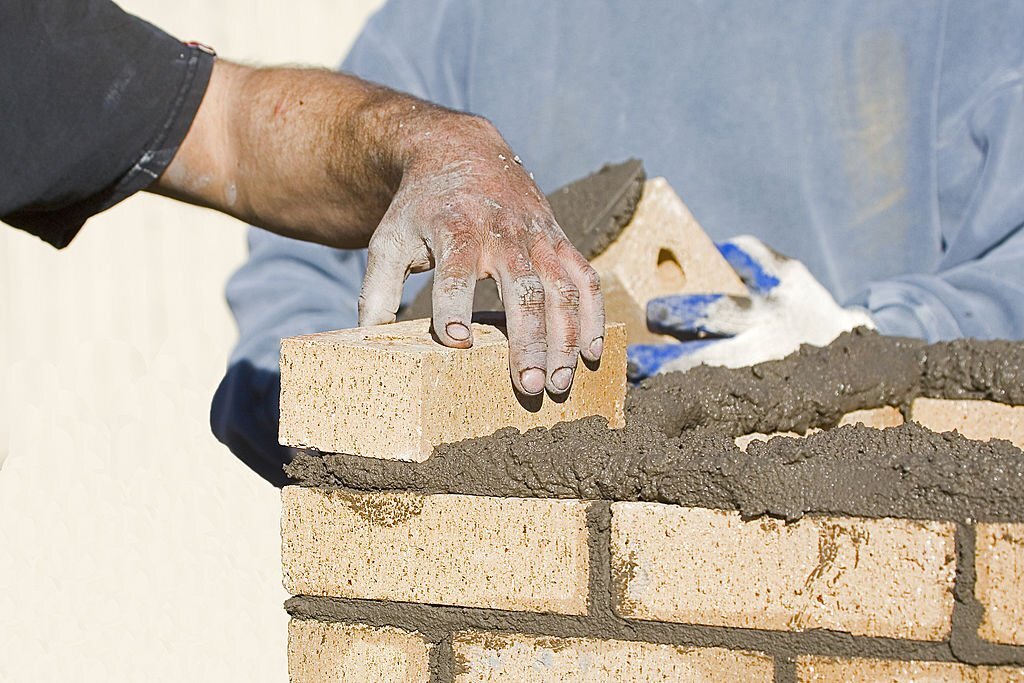Brick foundations have long been popular for homes in Australia due to their durability and aesthetic appeal. However, like any building material, brick foundations can face various issues over time. This blog post will discuss some common problems encountered with brick foundations in Australia and suggest possible solutions.

1. Cracks: Cracks are a common problem in brick foundations and can occur for various reasons, such as soil settling, inadequate drainage, or poor construction techniques. Small cracks might not cause concern, but larger cracks can lead to structural issues. It is essential to address the underlying cause of the crack before attempting any repairs. Applying epoxy or mortar patching can help for minor cracks, but it is best to consult a professional engineer or foundation specialist for more severe cracks.
2. Water damage: Australia’s climate, with its heavy rainfall and occasional floods, can pose a significant risk to brick foundations. Water can seep into the foundation, causing it to weaken over time. Ensuring proper drainage around the foundation is crucial to prevent water damage. Regularly inspecting and cleaning gutters, installing downspout extensions, and ensuring the property slopes away from the foundation can help mitigate water-related issues. Additionally, waterproofing the foundation by applying a sealant can provide an extra layer of protection.
3. Subsidence: Subsidence refers to the sinking or settling of a foundation, which can cause cracks, uneven floors, and doors that won’t close properly. It can occur due to various factors, such as changes in soil moisture content, poor compaction during construction, or nearby excavation works. If you notice signs of subsidence, it is crucial to consult a professional engineer or foundation specialist to assess the extent of the problem and recommend appropriate solutions. Solutions include underpinning and soil stabilization techniques, where additional support is added to the foundation.
4. Efflorescence: Efflorescence is a white, powdery substance that appears on the surface of bricks. It occurs when soluble salts within the bricks are brought to the surface by moisture. While efflorescence does not pose a structural risk, it can be unsightly and indicate moisture-related issues. You can scrub the affected area with a stiff brush and water to remove efflorescence. However, addressing the underlying moisture issue is crucial to prevent its recurrence. Improving drainage and applying a water-repellent coating can help prevent efflorescence.
5. Pest infestations: Termites and other wood-destroying pests can cause significant damage to brick foundations in Australia. They can enter through cracks or gaps in the foundation and feed on the wooden elements of the structure. Regular inspection for termite activity and preventive measures, such as installing physical barriers or treating the soil with termite-repellent chemicals, is essential to protect brick foundations from pest infestations.
In conclusion, while brick foundations are popular in Australia, they are challenging. Cracks, water damage, subsidence, efflorescence, and pest infestations are some common issues that homeowners might face. However, by addressing these problems promptly and taking preventive measures, such as ensuring proper drainage and regular inspections, homeowners can maintain the integrity and longevity of their brick foundations. Consulting with professionals when needed is always recommended to ensure the appropriate solutions are implemented.